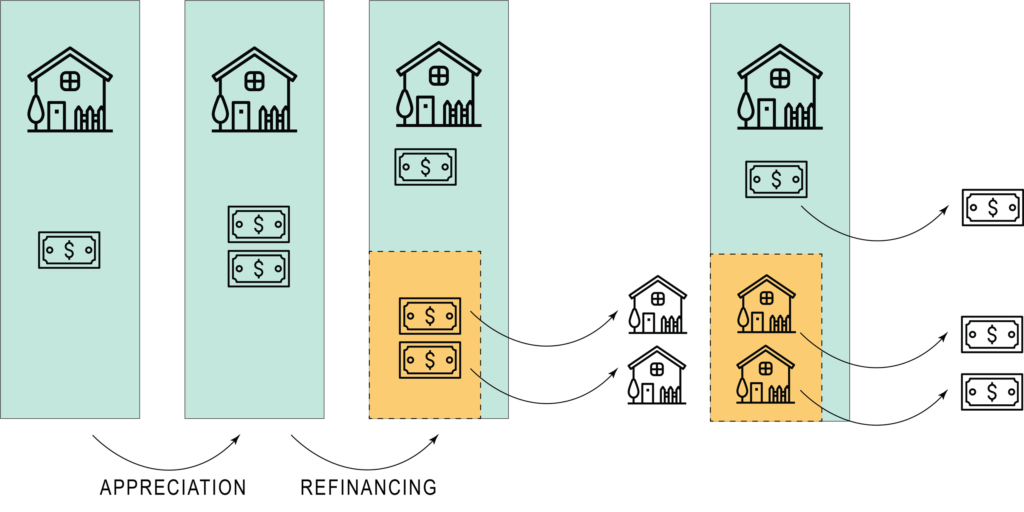In the depths of the pandemic, while most of the Union staff was working from home and everyone was feeling a bit un-moored, we decided to enter a design competition. There’s something about design competitions, with their ambitious goals, tight timelines, and promises of fame and fortune, that provides new energy and big-picture thinking to the office.
The Low-Rise LA design challenge was organized by the Office of Los Angeles Mayor Eric Garcetti and the Chief Design Office for the City of Los Angeles and was intended to solicit ideas for increasing density in the predominantly low-rise (one and two stories tall) neighborhoods of LA. It had a particular focus on incorporating community amenities and self-determination. As part of the competition, the organizers put together mandatory listening sessions on public infrastructure investment, affordable housing models and community response, transformative climate communities, sustainability across regions, and community land trust and cooperative housing models. These listening sessions framed the many associated problems through the work of local experts who are active in the communities most impacted by the housing crisis. They also ensured that project teams took a holistic view of the problem, not falling into the all-too-common trap of thinking that design alone can solve the housing affordability crisis.
Although the context and climate are quite a bit different than our native New England, the goals of the competition and the problems it was designed to address were directly in our wheelhouse. And regardless of the outcome, the ideas generated for a design competition often have a way of finding their way into our future projects, so we were all in.




